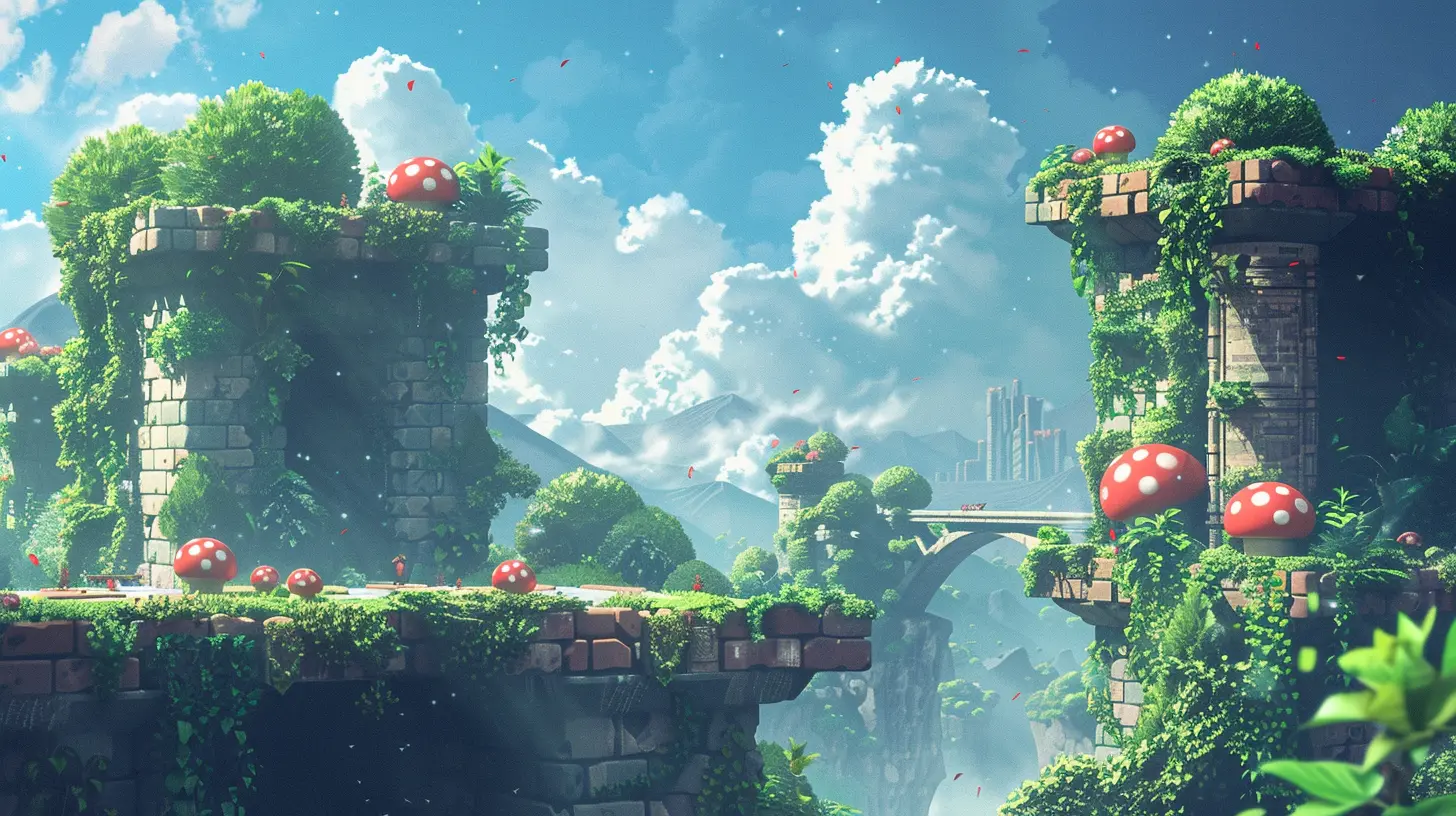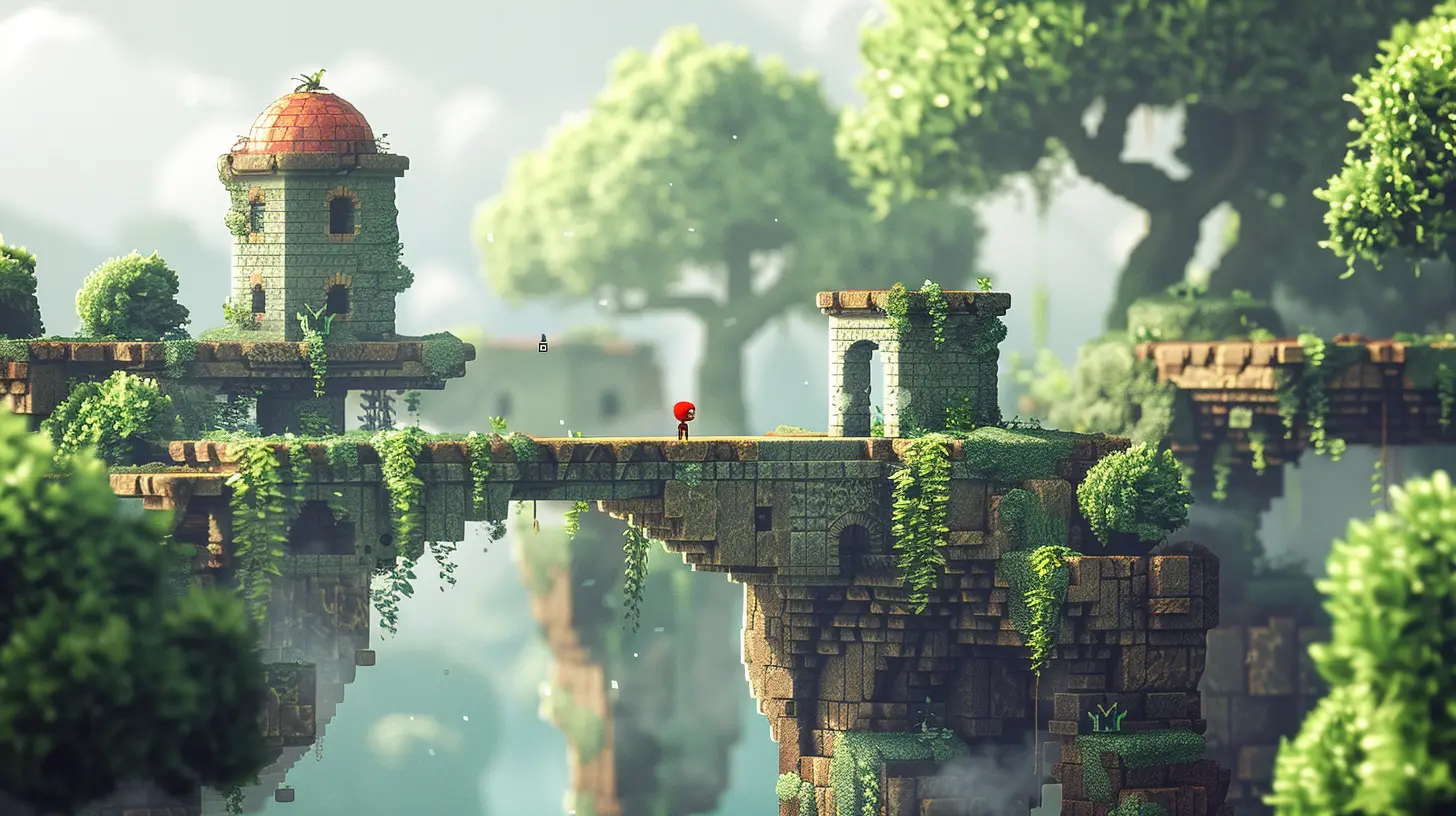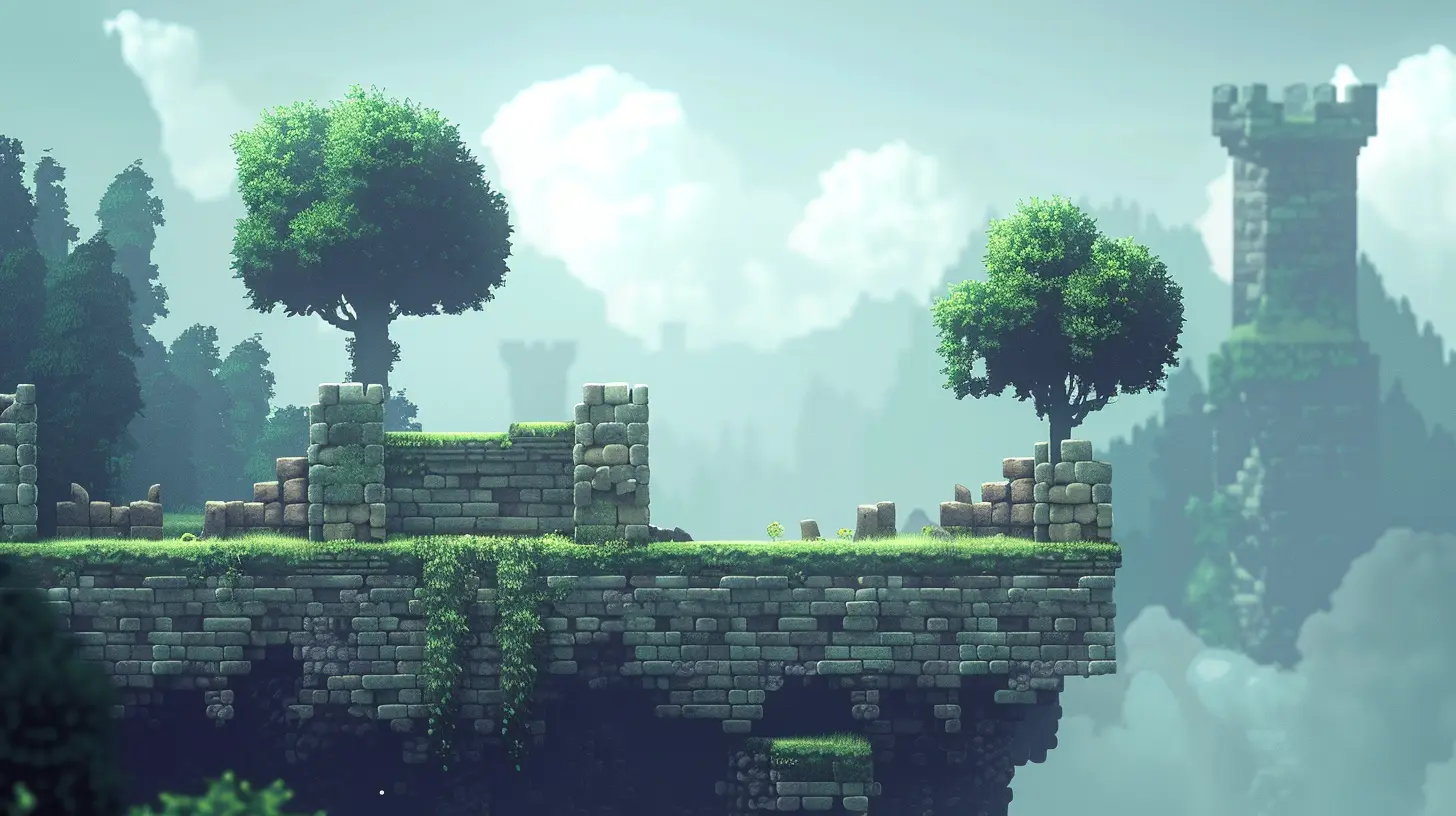Procedural Generation in Platformers: Does It Work?
14 July 2025
So, you're hopping across platforms, dodging pixelated spikes, jumping over lava pits, narrowly escaping doom for that sweet loot—and then it hits you: “Hey, didn’t I just jump over this exact same pit five levels ago?” Welcome to the world of platformers, where level design can make or break your experience. But there’s a wildcard that’s been shaking things up lately: procedural generation.
Let’s peel back the curtain and take a wacky, deep-dive into how procedural generation fits into the fast-paced world of platformer games. Does it add magic or mayhem? Let’s find out!
What the Heck is Procedural Generation Anyway?
Imagine giving an over-caffeinated robot a paintbrush, a palette, and some vague instructions to "make something cool." That’s basically procedural generation in a nutshell.More technically, procedural generation involves using algorithms to create game content automatically—levels, maps, enemies, loot, you name it. Unlike handcrafted levels built pixel by pixel by human designers (bless their souls), procedural content is generated on the fly or in advance with a dash of randomness and rules.
This isn’t new. Roguelikes have been doing it since the age of floppy disks. But in platformers? That’s where it gets spicy.
The Marriage of Platformers and Procedural Generation
Platformers thrive on precision. Think Super Mario. Think Celeste. Tight controls, well-timed jumps, learning a level's layout through trial and error—all of that screams handcrafted. But then along comes procedural gen and says, “Hey, let me shake things up.”And shake things up it does. Games like Spelunky, Dead Cells, and Rogue Legacy have taken the plunge—each implementing procedural generation in its own quirky way.
But here’s the million-coin question: Does it actually work? Or are we just slapping a buzzy feature onto a genre that doesn’t need it?
What Works Like a Charm 🪄
1. High Replayability
Let’s get the most obvious win outta the way—replayability. Procedural generation makes sure no two runs feel exactly the same. One moment you're gracefully vaulting over fireballs, the next you're scrambling because the game spawned a monster party in your face.This randomness keeps players coming back for "just one more run." It's like shuffle mode for your favorite playlist—you never know what's next, and that’s part of the thrill.
2. Surprise, Delight, Repeat
The element of surprise adds excitement. You’re not sure what’s around the corner, what trap is going to catch you off guard, or if the next jump is going to be a breeze or a rage-quit moment.It keeps things fresh, like a chef who changes the menu every night. You might not love every dish, but you’re definitely intrigued.
3. Infinite Creativity (with Limited Manpower)
Let’s be real. Game development is hard. And expensive. Procedural generation allows small indie studios to create massive, seemingly endless content without having to design every single level manually.It’s like having a digital level designer who never sleeps, never eats, and definitely doesn’t ask for paid vacation.
But Wait, There’s a Flip Side 🎭
1. Bland and Soulless Levels
Now, we’ve all been there: You’re five minutes into a procedurally generated platformer and the levels start feeling... empty. Like, yeah, technically it’s new. But it’s also repetitive, unbalanced, and might as well have been generated by a toaster.Procedural generation without strong guiding rules can lead to levels that lack flow, pacing, or personality. It’s like a robot wrote a poem—it might rhyme, but it doesn’t make you feel anything.
2. Difficulty Whiplash
One level’s a cakewalk, the next is a gauntlet from hell. Without careful design, difficulty can spike at random. It’s like going on a relaxing bike ride and suddenly, boom—you're in the Tour de France.This kind of inconsistency often frustrates players, especially if you’re looking for a fair challenge or gradual progression.
3. The “Where Am I?” Problem
Procedural levels struggle with creating meaningful landmarks. Every corridor looks the same, every pit feels familiar, and your sense of direction flies out the window.In a genre where timing and positioning are everything, getting lost or confused breaks immersion faster than a game crash.
Games That Totally Nailed It 🏆
Some games get procedural gen in platformers so right, it’s like peanut butter and chocolate—unexpected but oh-so-good.Spelunky
Basically the poster child for procedural platformers. It balances randomness with structure, creating a tricky but fair experience. Every death feels like your fault, not the game’s. And when you finally conquer a run? Oh, the dopamine rush is real.Dead Cells
This one mixes roguelite elements, silky combat, and procedurally generated biomes. It works because the game uses handcrafted room "chunks" that are stitched together—so it feels organic, not robotic.Rogue Legacy
This bad boy adds a unique twist: your character's lineage. The levels change, but your family’s traits carry forward. Combine that with just enough structure and you've got endless replayability without the chaos overload.Games That… Kinda Missed the Jump 😬
Not naming names (okay maybe a few), but some titles tried to ride the procedural wave without having the life vest of good design.In these cases, levels feel like copy-paste jobs, and the gameplay suffers for it. If every room looks like a cousin of the last, or if traps are placed randomly with no logic—players feel cheated, not challenged.
It’s like trying to bake a cake with random ingredients. Sure, you might get lucky. But most times, it’s just a soggy mess.
So… Does It Work?
Here’s the honest take: Yes—but with caveats.Procedural generation in platformers is like adding hot sauce to your favorite dish. A few drops? Ooh, spicy and exciting. Dump the whole bottle? Now it’s a regret sandwich.
The magic happens when devs use procedural generation as a tool—not the entire toolbox. Mix some handcrafted elements in, add rules to guide randomness, and keep that player experience front and center.
Tips for Developers Teetering on the Procedural Edge
If you're a dev tempted by the sweet siren song of procedural generation, here's some friendly advice:- Start Small: Use procedural generation for elements like enemy placement or environmental hazards before diving into full-level design.
- Fix the Flow: Make sure there's a logical rhythm to levels. Introduce easy challenges before throwing in boss-level chaos.
- Inject Personality: Add lore, unique visuals, and special events to break the monotony.
- Use “Chunk” Design: Create handcrafted sections that the algorithm pieces together. It's like modular furniture—it looks custom-made but fits together easily.
- Playtest Like Crazy: What sounds cool in theory might be a disaster in gameplay. You gotta test and tweak like you're on a cooking show.
The Final Jump 💥
Procedural generation in platformers is a fascinating experiment. When it works, it delivers unpredictable fun, tons of replayability, and that classic “just one more go” hook. But when misused? Yikes. It can turn tight gameplay into a chaotic jumble of bad jumps and blind spikes.The key is balance. Use procedural generation to spice up handcrafted goodness—not to replace it entirely. Do that, and you've got a recipe for a platformer that keeps players coming back for more, run after run after run.
So next time you feel like the terrain under your pixelated feet is oddly different yet vaguely familiar, tip your cap to procedural generation—it’s doing its quirky little thing.
all images in this post were generated using AI tools
Category:
Platformer GamesAuthor:

Aurora Sharpe
Discussion
rate this article
2 comments
Lara McPhee
Procedural generation in platformers offers unique experiences and replayability, but can compromise level design consistency. Balancing randomness with quality is essential for player engagement.
November 13, 2025 at 4:47 PM

Aurora Sharpe
Thank you for your insightful comment! You're absolutely right—striking the right balance between randomness and quality is crucial to ensure that procedural generation enhances player experience without sacrificing level design consistency.
Colton McEvoy
Great insights! Procedural generation adds unique challenges, but its effectiveness really depends on execution and design.
July 29, 2025 at 4:19 PM

Aurora Sharpe
Thank you! I completely agree—execution and design are key to harnessing the potential of procedural generation effectively.


